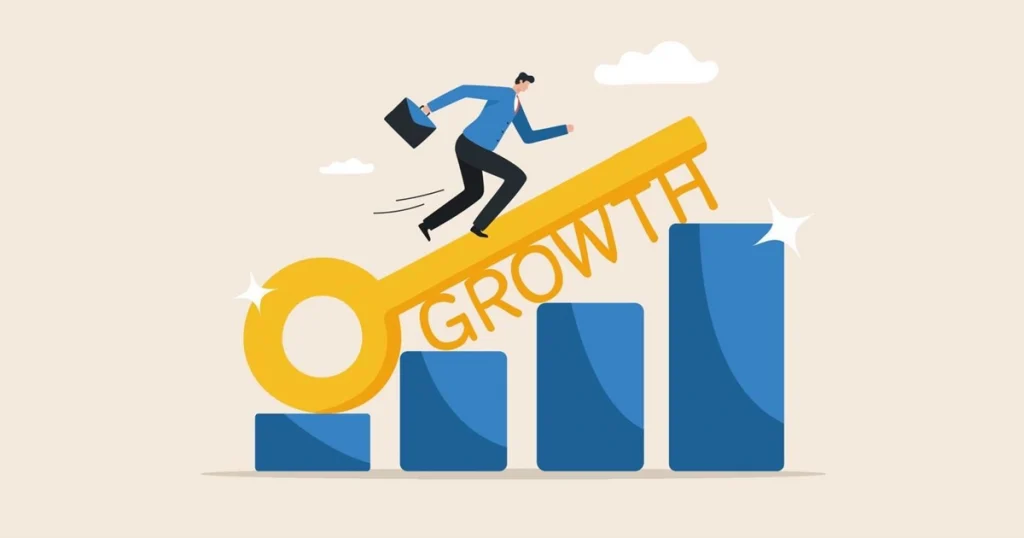These days, it’s hard to find a field untouched by Agile thinking — from Agile HR and Agile Marketing to countless other domains. SCRUM and Kanban have become inseparable parts of modern project management training.
But what exactly is Agile?
The Agile Manifesto outlines four foundational values:
- Individuals and interactions over processes and tools
- Working software over comprehensive documentation
- Customer collaboration over contract negotiation
- Responding to change over following a plan
- It’s important to understand that Agile is built on a skeleton of values, not rigid methods. This distinction often causes confusion, especially among executives, about what Agile really entails.
What Agile isn’t:
- Being fast for the sake of speed
- Following a fixed, unchanging process
- Relying solely on past experience to steer decisions
- Operating with a fully defined plan from the start
What Agile is:
- Rapid market adaptation and responsiveness
- Creating processes that deliver meaningful outcomes
- Honoring experience, but not letting it dominate
- Moving forward with a flexible “North Star,” not a detailed blueprint
Clearing up the confusion
To follow Agile principles, you can’t cling to a rigid, pre-defined plan. You need a flexible, evolving picture of where you’re headed — one that sharpens as you progress. Sometimes you’ll discover that what you thought was the target was only an illusion, and the real goal is something else entirely.
Experience poses another challenge. Many industry veterans make the mistake of assuming that past expertise guarantees present success. But markets and user needs shift constantly. Even if you were a market expert 20 years ago, you’re vulnerable to biases like availability bias or survivorship bias — and your users have likely moved on. In Agile, the users hold the steering wheel, and your first job is to observe and listen. Even small experiments based on experience can be misleading: you might unlock 5% growth when a better-aligned market opportunity could deliver 20%.
People over process
The Agile Manifesto clearly values individuals and interactions over processes — but that doesn’t mean processes are irrelevant. It means processes must serve the people, not the other way around. That’s why SCRUM roles like the SCRUM Master and rituals like retrospectives are so crucial: they ensure the process remains a tool, not a master.
Speed — but not haste
Agile can dramatically increase speed toward your goals, but it’s not about being hasty or rushing. Paradoxically, moving too quickly can slow down your true progress by causing you to miss key market signals or user insights. Agile requires a delicate balance — avoiding both the paralysis of over-analysis and the recklessness of pure speed.
I’ll be writing more soon on how to apply these principles effectively. But for now, remember: what matters most in Agile is monitoring outcomes and being willing to challenge even your most basic assumptions.
Keep calm and be Agile!
Cover Image by Freepik

